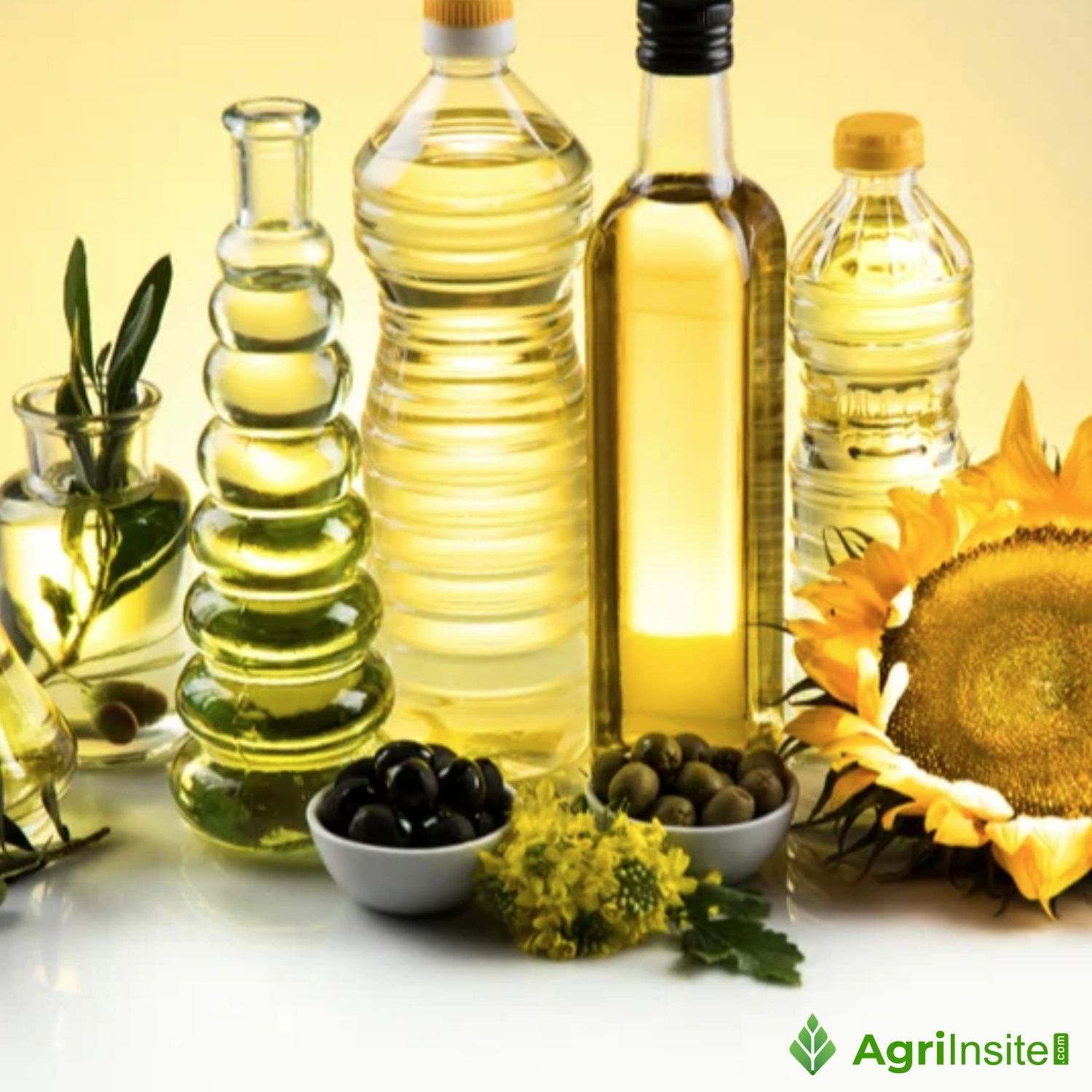Europe Edible Oils Market Set to Reach New Heights by 2033 – Persistence Market Research

Europe’s edible oils market is evolving with rising demand for health-focused and specialty oils like avocado and flaxseed. Traditional oils such as rapeseed and sunflower remain dominant. Innovations in eco-friendly packaging, abundant local oilseed supply, and a surge in home cooking are fueling growth. Germany leads, while Eastern Europe shows strong demand for conventional oils.
The Europe edible oils market is undergoing a transformation driven by shifting consumer preferences, innovations in packaging, and heightened demand for health-conscious products. Traditionally dominated by staple oils such as sunflower, rapeseed, and olive, the market is witnessing growing interest in specialty oils like avocado, flaxseed, and walnut oils. This trend reflects the evolving dietary habits of European consumers, who are increasingly prioritizing nutritional value, organic origins, and environmental sustainability. Rapid urbanization and rising incomes are also contributing to increased consumption across foodservice sectors and household applications, making edible oils a pantry essential throughout the region.
The Europe Edible Oils Market report provides a comprehensive analysis of the industry trends, key market segments, growth drivers, challenges, and opportunities from 2019 to 2033. It offers valuable insights into market dynamics, including segmentation by oil type, packaging format, distribution channels, and end-user industries. The report further delivers region-wise performance, competitive landscape, recent developments, and strategic recommendations, making it an essential guide for stakeholders, investors, and businesses looking to understand and leverage the evolving edible oils market in Europe.
The key growth drivers include abundant oilseed production in Europe, government support for domestic agriculture, and increased application of oils in convenience and packaged foods. Germany emerges as the leading region due to the widespread use of edible oils in bakery and daily meal preparations. Rapeseed and sunflower oil dominate the segment due to their local availability and perceived health benefits, while specialty oils are gaining traction among health-conscious consumers and the gourmet segment.
Key Highlights from the Report:
➤ Rapeseed and sunflower oil remain the top-selling edible oils across Europe.
➤ Germany leads the regional market due to high usage in bakery and processed food industries.
➤ Demand for specialty oils like avocado and pumpkin seed oil is rising among health-conscious consumers.
➤ Flexible plastic pouches are increasingly favored for their lightweight, eco-friendly appeal.
➤ Indirect distribution channels dominate, especially through supermarkets and online platforms.
➤ Foodservice and domestic sectors remain the primary end users, driving constant consumption.
Market Segmentation
The Europe edible oils market is segmented based on type, packaging, distribution channel, and end user. By type, the market includes a wide range of options, from conventional oils such as palm, soybean, and sunflower, to premium and niche offerings like grapeseed, flaxseed, and walnut oil. Rapeseed and sunflower oils dominate the volume share due to their native cultivation and cost-efficiency. Specialty blended oils and olive oil also have significant traction due to their health credentials.
Packaging types include tinplate containers, HDPE, PVC, PET bottles, glass bottles, semi-rigid containers, and flexible plastic pouches. PET and flexible packaging lead the market owing to their durability, convenience, and lower carbon footprint. In terms of distribution, indirect channels-primarily through retail chains and e-commerce-are the most common, although direct sales channels such as foodservice contracts are also prevalent. The market’s end users are segmented into domestic, industrial, foodservice, and others, with domestic and foodservice accounting for the largest share due to daily usage and volume.
Regional Insights
Europe’s edible oil landscape is diverse, with regional variations in consumer preferences and availability of raw materials. Germany holds the largest share of the market, driven by widespread usage of edible oils in baked goods, snacks, and household cooking. France and Italy also contribute significantly, especially in the olive oil and gourmet oil segments. The U.K. exhibits strong growth in health-oriented oils, propelled by increasing awareness around heart health and sustainable sourcing.
Northern and Western Europe are more inclined towards organic and cold-pressed oils, whereas Eastern European countries maintain strong demand for traditional oils such as sunflower and rapeseed. Regulatory frameworks supporting non-GMO and organic certifications further influence regional consumption patterns.
Market Drivers
One of the most prominent drivers of growth in the Europe edible oils market is the abundant availability of oilseeds, which facilitates local production. This reduces dependency on imports and ensures a more stable supply chain. The growing trend of home cooking and healthier lifestyles-amplified by recent global events-has led consumers to focus on product labels, quality, and sourcing, thereby increasing the demand for oils with high nutritional value.
Additionally, the expansion of the food processing industry and ready-to-eat food products has led to greater utilization of edible oils in packaged goods. Technological advancements in oil extraction and packaging have further improved shelf life, safety, and appeal, enhancing overall market growth.
Market Restraints
Despite the market’s robust potential, certain challenges persist. Fluctuating raw material prices and weather-dependent crop yields pose risks to production and supply. The rising trend of oil-free and low-fat diets in parts of Europe may also moderate the demand for edible oils, particularly those perceived as less healthy.
Moreover, stringent regulations regarding food safety, labeling, and environmental impact, though beneficial for consumers, can increase operational costs for manufacturers. The presence of counterfeit or low-quality products in some markets also affects brand credibility and consumer trust.
Market Opportunities
The market is rife with opportunities, especially in the premium and health-focused oil segments. Oils enriched with omega-3 fatty acids, vitamins, and antioxidants are increasingly gaining traction. The popularity of plant-based diets and vegan alternatives presents a growing customer base for cold-pressed and organic oils.
Eco-friendly and innovative packaging solutions also offer significant potential. Brands that focus on transparency, traceability, and sustainable sourcing are expected to thrive. Additionally, untapped markets in Eastern Europe and the expansion of e-commerce platforms provide fresh avenues for growth.
To Read more about Edible Oil News continue reading Agriinsite.com
Source : Open PR















